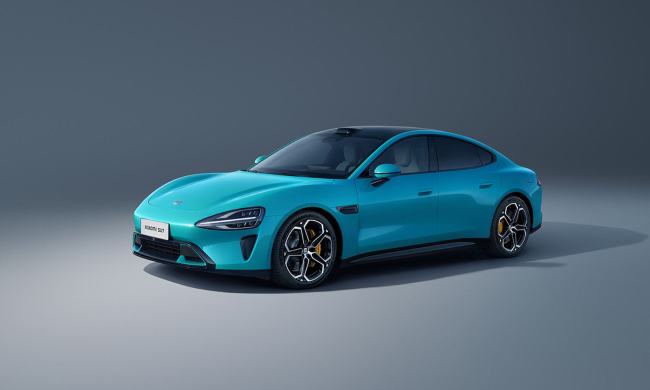Tesla CEO Elon Musk announced Wednesday in an earnings call that the electric car company is currently building a factory in Austin, Texas, for its highly anticipated Cybertruck.
“We’re going to make it a factory that is going to be stunning — it’s right on the Colorado River,” Musk said of the new Gigafactory. “It’s going to basically be an ecological paradise.”
Reports earlier this year indicated Tesla was eyeing Austin for the factory, according to tax documents filed in the area. The location is 15 minutes from downtown Austin, and sits on roughly 2,000 acres of land in Travis County, where officials voted to give the company $14.7 million in tax incentives to build the factory. Musk also said the Austin factory will be open to the public and will have a boardwalk and hiking and biking trail.
Following the announcement, Texas Gov. Greg Abbott said: “Tesla’s Gigafactory Texas will keep the Texas economy the strongest in the nation and will create thousands of jobs for hard-working Texans.”
Welcome to Texas, @Tesla.https://t.co/2QaZp4zmvF
— Gov. Greg Abbott (@GovAbbott) July 22, 2020
Tesla said it will continue to expand within Fremont, California, where the company is currently headquartered and where its current Tesla Model S and Model X are built for global sale. The Austin factory will be dedicated to building Tesla’s Cybertruck, Semi, Model 3, and Model Y for the eastern part of the U.S.
Tesla unveiled the Cybertruck last Novemeber, and since then it has made headlines and, more importantly, memes. A lot has yet to be announced about the design of the Cybertruck, but its body will be made with 30x cold-rolled stainless steel, which fends off dents and rust, and its glass panels will reportedly be bulletproof. It will also offer a 6.5-foot cargo box that Tesla refers to as a “vault.”
The Cybertruck will also offer a spacious cabin with six seats and a big storage bin under the rear bench. Its dashboard is an exercise in minimalist design that looks like an evolution of the layout seen in the Model 3 and the Model Y.
The news of Tesla choosing the Lone Star State for its new Gigafactory is too bad for Tulsa, Oklahoma, which recommissioned its Golden Driller Statue to look like Musk and added a Tesla logo to its chest and belt buckle.



